Google Nexus 4 Review - Google's new Flagship
by Brian Klug on November 13, 2012 8:45 AM EST- Posted in
- Smartphones
- LG
- Android
- Mobile
- APQ8064
- Nexus 4
- Android 4.2
- MDM9215
I usually take apart smartphones I’m sampled just because I like knowing what’s inside, even if I already know the majority of component choices through other purely software means. In the case of the Nexus 4 this was also motivated by my desire to find out whether it would be possible to replace the battery easily and also to get a look at some of the RF components for cellular.
Taking apart the Nexus 4 is surprisingly simple, so much so that I’ve taken my Nexus 4 review unit apart fully, twice. There are two Torx T–4 screws at the bottom which come out, after which the back cage pulls off after you use a plastic separator tool to get past some clips holding it on. If you’re interested in replacing the battery you can pretty much stop here, there are two screws holding the battery connector onto the mainboard, and the battery is held in place with a square outline of double sided tape. The back side of the case has many gold pads for antennas, NFC, and the inductive charging coils.
Further disassembly involves removing the plastic covering the PCB, then a few screws and the mainboard lifts out. Construction here is very standard fare for smartphones lately, with an L shaped mainboard and battery sitting in the cavity next to it.
After you get the PCB out things are very easy to identify. I popped the EMI cans off wherever possible as well.
First off on the backside we can see the DRAM PoP atop APQ8064, which in this case is Samsung 2x32-bit LPDDR2–1066, 2GB courtesy of 4 x 512MB die at 1.2V. Below that is the Qualcomm MDM9215 baseband, to the left we can see the baseband PMIC (PM8821), and to the left of that the PMIC for APQ8064, PM8921.
On the long underside of the mainboard we can see the TI BQ51051b wireless power Li-Ion charger receiver I mentioned earlier, and above it Qualcomm’s WCD9310 Audio codec in a sea of epoxy. Inbetween those two is a BCM20793 NFC controller instead of the ubiquitous NXP PN544 part.
My main goal when taking apart the Nexus 4 was nailing down what power amplifiers and RF architecture the phone had, and under the EMI cans on this side are a few relevant parts.
There are three Avago power amplifiers, and an RFMD switch at left. We can see Avago A5505 (Band 5 - UMTS), A5704 (Band 4 - LTE/UMTS), A5702 (Band 2 - LTE/UMTS), and at far left an RFMD 1156 single pole 5 throw switch hiding under a lip of the EMI can.
Flipping the PCB over and removing the other large EMI can reveals more parts of the puzzle. I can identify an Avago ACPM–7251 (Band 1, 5, Quad band GSM/EGE) power amplifier, and another package near it marked “GFD49” which is probably another switch just next to the antenna feed for the bottom transmit antenna.
Nexus 4 also has the latest and greatest Qualcomm transceiver onboard, WTR1605L, which we’re going to talk at length about in another piece. It’s actually somewhat surprising to see the latest and greatest here considering the Nexus 4 doesn’t include LTE support, even though it does have the hardware for it on bands 4, 2, and 1 in theory.
Also under this can is the SlimPort ANX7808 which enables HDMI, VGA, DVI, or DisplayPort out on the Nexus 4 instead of the USB-MHL that we’ve been seeing getting adoption pretty rapidly. This is actually an interesting choice for the Nexus 4 considering again the relative ubiquity of MHL. I don’t have any SlimPort cables or dongles so I can’t test it first hand, but there’s the transmit package on the PCB that enables it.
I can also identify an InvenSense MPU–6050 six axis gyro and accelerometer at the very top of the PCB.
I couldn’t get the can off of what appears to be the eMMC (the only remaining large package), we’ll have to see if anyone else wants to do some destructive digging to get that one. Finally the Nexus 4 also has a linear actuator vibrator which you can see in the FCC teardown photos.









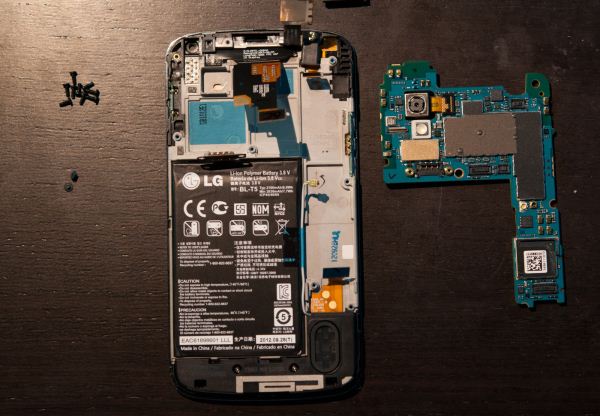
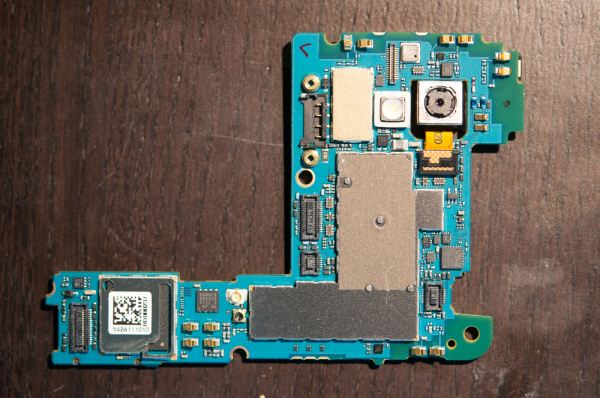
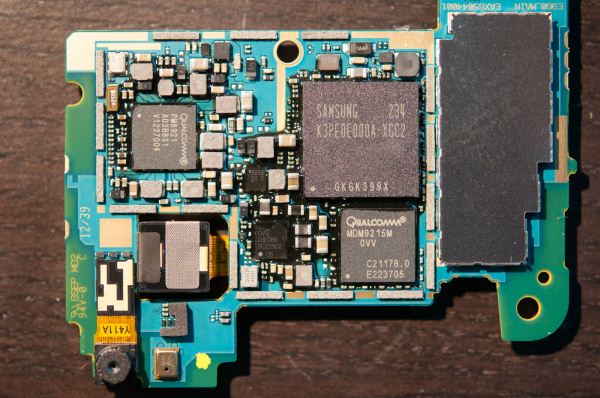
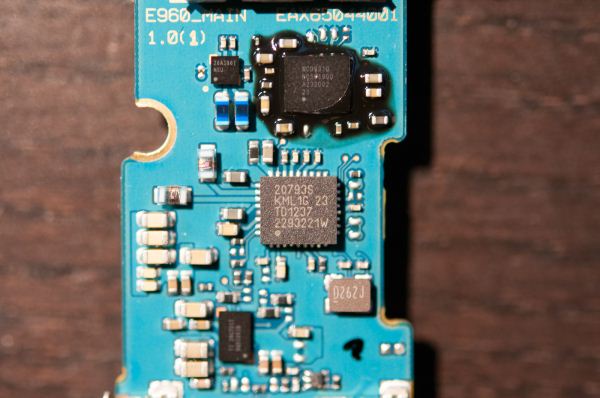
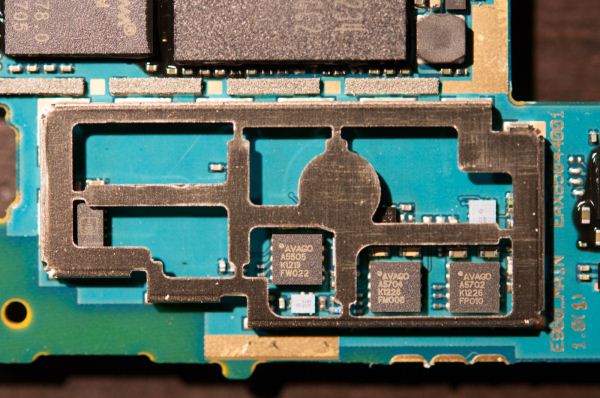
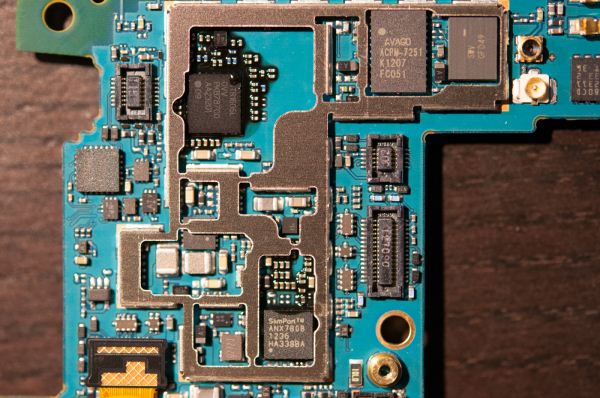
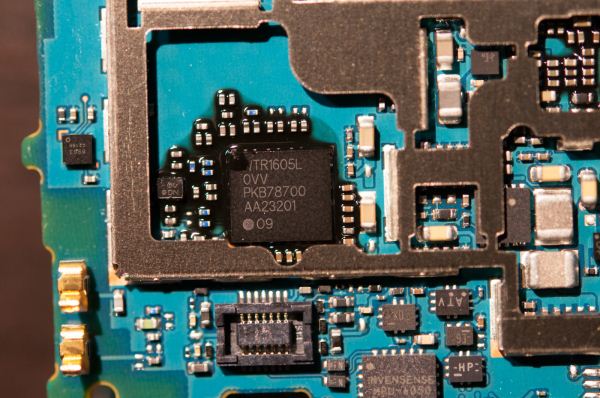
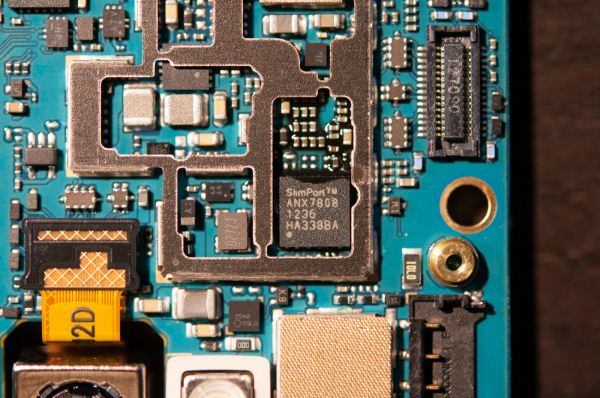
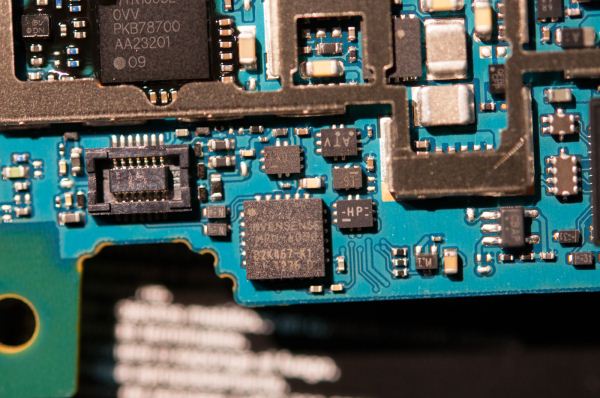
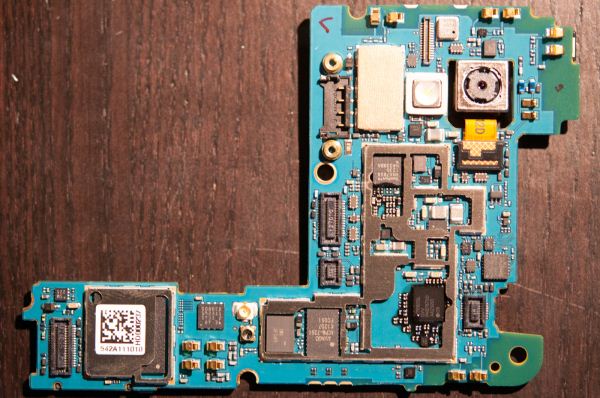








188 Comments
View All Comments
Daviii - Friday, November 16, 2012 - link
I don't understand the rant about the performance.The phone is obviously the same as the Optimus G, as well as the thermal design.
Therefore is not about the Nexus 4 getting hotter, it's about the Nexus 4 being explicitly more conservative.
It's something that can be fixed by software. Just set the same thermal thresolds and you have identical performance to the optimus G.
And to those who compare it to the iPhone 5... seriously, it's half the price! One must REALLY consider if $350 extra dollars are worth some hours of battery life. It's pretty clear that at $299 some compromises must be assumed, otherwise iPhone 5 wouldn't be an option. Would it?
maeil - Friday, November 16, 2012 - link
Great review all in all, but I just started to wonder why the galaxy note 2 is not included in any of the performance, battery & connectivity graphs? Some weeks earlier there was a review about the Note2 (T-mobile). Is Anandtech making a new review with the international version of N7100 or N7105 in the future or is there some other reason I have not figured out yet?Keep up the good work!
tuxRoller - Friday, November 16, 2012 - link
http://www.droid-life.com/2012/11/15/benchmarks-lg...Keep in mind these devices have the same SoC (the DNA was running android 4.1.1).
So, that out of the way, the DNA STOMPED the nexus 4.
On Quadrant (yes, I know, how does it determine those numbers), the DNA was about 90% faster than the nexus 4.
On smartbench the DNA was about 40% faster.
ON Vellamo html5 DNA was about 90% faster.
AnTuTu the DNA was about 40% faster.
So, I wonder if android 4.2 has pushed performance back aways.
coolkingakram - Saturday, November 17, 2012 - link
Brian,Which weather widget are you using on your nexus 4?
darwinosx - Saturday, November 17, 2012 - link
The iPhone 5 and iPad 4 sure wiped the floor with the Nexus 4.Amusing to see Android kids all of a sudden not care about LTE, glass back, no SD card slot when that was supposed to be a travesty on the iPhone 4s.
Good luck getting a signal on T-Mobile os the HSPA networks that AT&T is deprecating as fast as they can in favor of LTE.
Once again we see what a dumb idea it was to use a JVM on a smartphone.
corleyman - Saturday, November 17, 2012 - link
Unlocked GSM & powerful processor to fully take advantage of unlimited 4G data, talk & txt. That's the kind of service that I get for only $49/mo or less! :) Check out the 1-min video intro at: http://www.PenniesOverDollars.combaozebub - Sunday, November 18, 2012 - link
Before reading this article, I heard that the S3 was the king of Android devices, and that the iPhone 5 was barely catching up when it came out. Seems the propaganda is very effective in the smartphone world.I'm not sure why people on this thread are not talking about how badly the Android phones perform next to the Apple devices.
tanjinjack - Monday, November 19, 2012 - link
I must say this is an impressive review, very detailed and informative and it should serve as a very good read for all potential Nexus 4 buyers. Bravo!Nonetheless, I wish you could include more information about its thermal performance. How warm does it get and which part of the phone warms up the most? Is it uncomfortable to hold after prolonged gaming/browsing? Perhaps using a thermal monitor to inspect its surface temperature would be enough to gauge its thermal dissipation ability. To me, coming from a phone who will simply reboot due to overheating, having a cool phone will make a better experience and surely longer battery life (in term of overall acquisition of the phone)! Any chance to see that part being added?
kfayz - Tuesday, November 20, 2012 - link
How does the one x international beat the nexus 4 in all batterylife tests?! Every site I've seen complains about the one x batterylife which is whats holding me from getting one. Is the one x international in the battery tests on the latest jb update?!shaolin95 - Wednesday, December 5, 2012 - link
My point is...GLBenchmark show differences betweeen GPUs like Mali and Adreno that are totally unrealistic.All games run as good or better on the Galaxy Note 2 than the Nexus 4 yet with GLBenchmark you will think the 4 will run circles around the Note 2 so I dont see the point on that benchmark if it does not relate to real life at all.